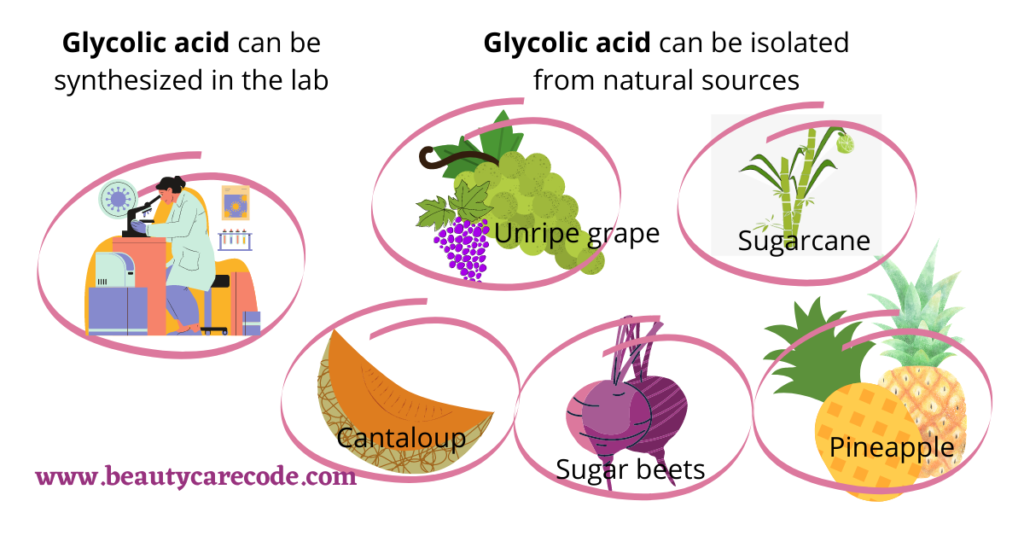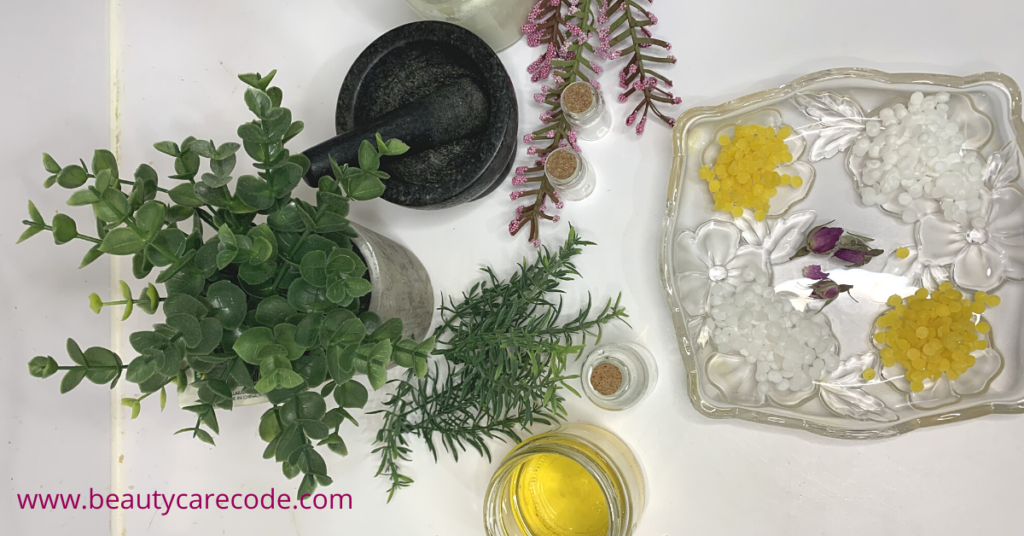Hyaluronic acid and Glycolic acid are two common acids wildly used in skincare products. Acids may be available in your body because the body normally produces them. However, by including them in your daily skincare, you can increase the availability and the benefits, if there are any. Let’s find out more about them and if you need to add them to your daily routine. So in this article, I am going to talk about hyaluronic acid vs glycolic acid as effective ingredients found in some skincare products.
What is hyaluronic acid?
To compare hyaluronic acid vs glycolic acid, first, we should know a little about each of them. Hyaluronic acid is a carbohydrate available in some tissue in our body, such as connective, epithelial and neural tissue
What Hyaluronic acid does for the skin?
Hyaluronic acid is a major component of the skin. Roughly half of the hyaluronic acid in your body is present in your skin, where it binds to water to help retain moisture. It repairs damaged tissues. After excessive UV exposure, the skin becomes inflamed and the cells stop producing hyaluronic acid. Therefore sun protection is important to prevent Hyaluronic acid decline and photoaging.
Hyaluronic acid has a key role in tissue regeneration and inflammation responses. However, research studies do not provide strong evidence of its efficacy in the treatment of burn and diabetic foot ulcers.
Dermatologist have injected Hyaluronic acid successfully as dermal filler in treatment of wrinkles.

Skin products containing sodium hyaluronate as active ingredient can treat dry and scaly skin.
Hyaluronic acid helps replenish and hold cell moisture, leading to hydrated, plump skin. Reduces the appearance of wrinkles: Since dehydrated skin is one of the main causes of wrinkles, hyaluronic acid replenishes lost moisture and helps reduce the appearance of any fine lines.
Products containing HA has been used in other medical condition such as eye surgery or as an intra-articular injection in knee osteoarthritis.
What is glycolic acid?
Glycolic acid is a chemical substance from alpha hydroxyl acid (AHA) family, a group of acids referred to as ‘fruit acids’.
Scientists can synthesize Glycolic acid in various ways. They can also isolate it from natural sources, such as sugarcane, sugar beets, pineapple, cantaloupe and unripe grapes.

Glycolic acid can penetrate well in the skin. In skincare products, it works as a chemical peel. It peels off the dead skin cells and exfoliates and exposes the live skin cells. So it’s effective in rejuvenating the skin by shedding off dead skin.
In addition to moisturizing the skin, glycolic acid stimulates the growth of new cells, collagen and elastin, which can improve your overall complexion.
Glycolic acid for acne
Since the main function of glycolic acid is getting rid of dead skin cells, it can be useful for treating acne, particularly for blackhead comedones by peeling and exfoliating the skin.
Glycolic acid as an anti-ageing ingredient
Due to its moisturizing benefits, Glycolic acid prevents wrinkles and fine lines from occurring in the first place, and it minimizes the appearance of those that are already existing. It can also stimulate collagen production, one of the most important ingredients for preserving that youthful look.
Hyaluronic acid vs Glycolic acid
Both acids are moisturizers. They both can be beneficial when dealing with dry, flakey and dull-looking skin.
They both have anti-aging properties.
However, in terms of treating acne and exfoliating effects, there are differences between them. If you need to choose between the two to treat your acne, Glycolic acid is a better option. As mentioned earlier it peels off the dead cells and is an effective skin exfoliator. These properties certainly are important for those who are looking for treating acne.
If you suffer from extremely dry skin or dry patches and are looking for a great moisturizer, then you should go for one that contains hyaluronic acid.
Hyaluronic acid is the one that dermatologist use to inject as a dermal filler to treat wrinkles.
Can we use Hyaluronic acid and Glycolic acid together?
You can use hyaluronic acid and glycolic acid together in the same skincare routine. This combination may boost collagen production and reduce the irritation potential of glycolic acid. The combination of Hyaluronic acid and Glycolic acid simultaneously hydrates, clarifies and protects the skin.
Final friendly words
As I always mentioned, no matter what you use and how you apply your skincare, love yourself as you are. You are beautiful as you are and imperfection is a part of real human beings. We are imperfect creatures in a journey toward perfection. You are beautiful and the journey is pleasurable.
Love you

I like this site because so much useful material on here : D. Reinaldo Derx